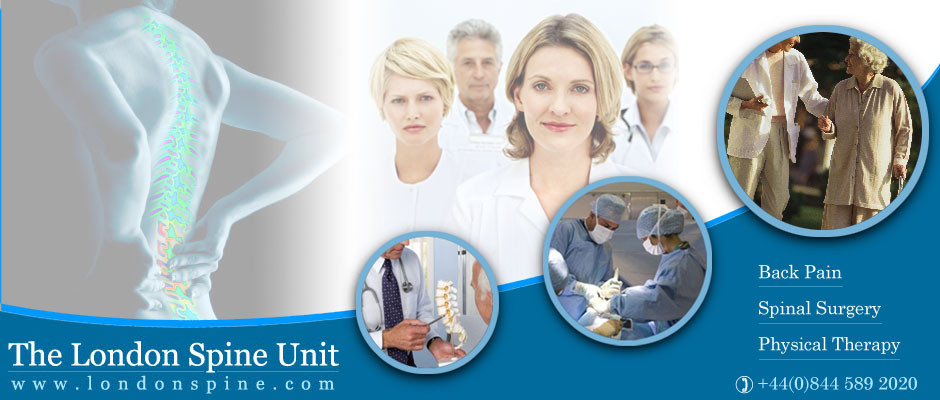It is a non-surgical, image-guided and minimally invasive treatment that is performed in order to reinforce a fractured vertebra, by osteoporosis generally and less frequently due to neoplasia. It allows to improve the functional capacity and prevent the collapse of the vertebral body. It also serves to alleviate pain due to compressive fracture. It is based on injecting orthopedic cement through a needle in the fractured bone.
What is its usefulness?
It is used to treat pain caused by a compressive fracture. After menopause, women are very susceptible to osteopenia. More than a quarter of women over 65 develop an osteoporotic fracture. This situation causes pain and functional limitation and the latter also increases osteopenia. Treatments, especially narcotics, increase functional limitation. Vertebroplasty is carried out especially in the elderly who suffer a functional limitation and osteoporosis is so severe that it prevents them from being candidates for spinal surgery.
Patients who present a vertebral tumor and in a less proportion those with osteopenia (a condition in which bone mineral density is lower than normal) due to prolonged treatments with steroids or metabolic disorders, can also be candidates for vertebroplasty. It is recommended when treatments such as rest, corsets braces or medication have been ineffective or are causing side effects such as a gastric ulcer.
What equipment is it necessary?
A bone trocar, a cement mixed with polymethyl methacrylate, barium, and solvent. The cement is mixed with toothpaste or epoxy. The doctor will monitor the procedure with fluoroscopic control and ensure that the material does not flow back into the spinal canal. IV sedation will be administered. The bladder will be probed with Foley and the heartbeat and blood pressure will be monitored.



















